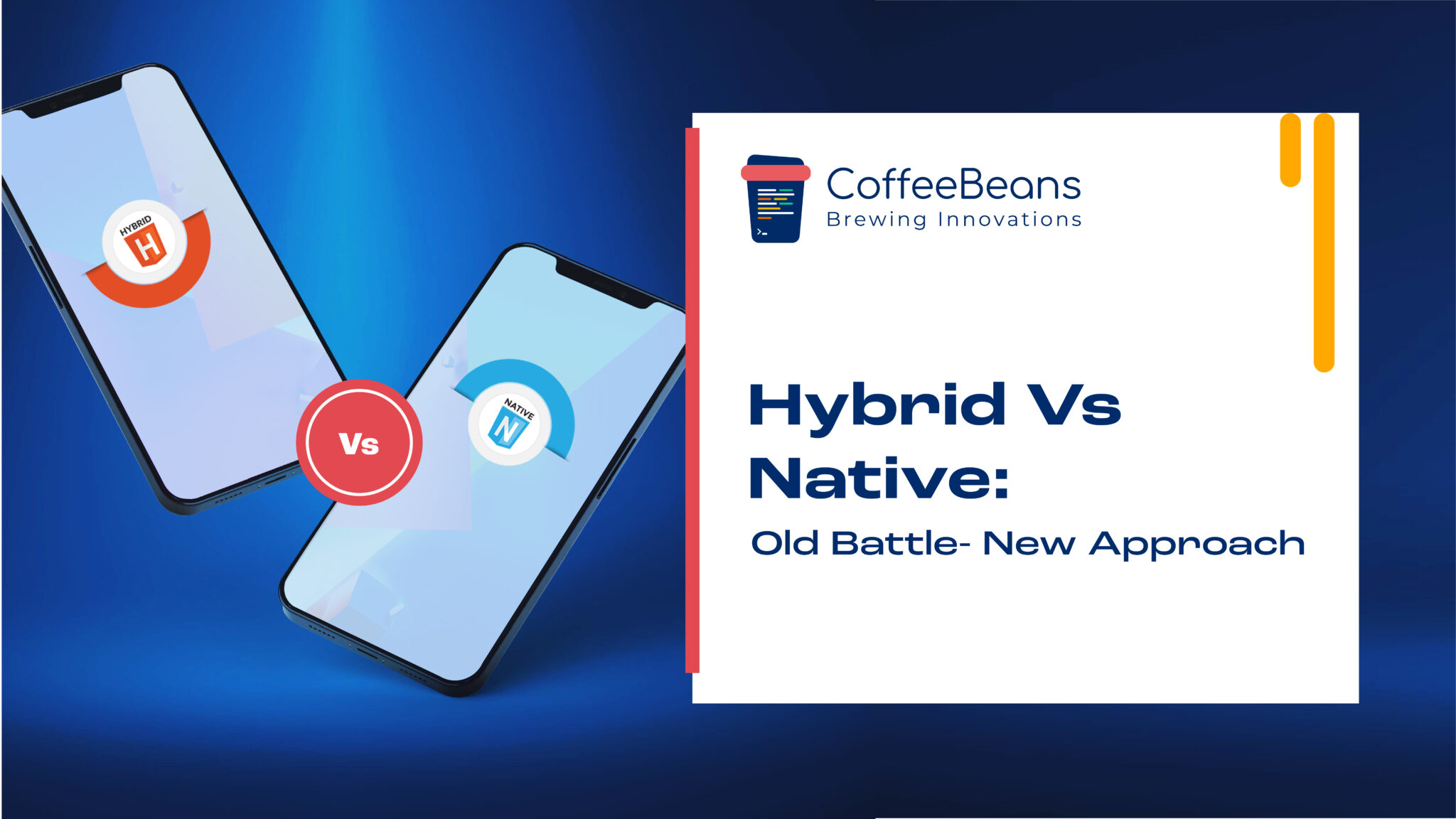Data Source Mapping: The Critical First Step in Your AI Journey

April 16, 2025
By Prashanth Jayakumar & Siddharth Pratyush
Executive Summary
Organizations investing in artificial intelligence often focus prematurely on advanced algorithms while neglecting the essential foundation: understanding their data landscape. At CoffeeBeans, our extensive work with organizations across diverse industries has shown that
83% of AI implementation challenges stem from inadequate data foundations,
with incomplete data source mapping as the primary barrier. This article outlines our systematic Data Visibility Framework™ that has enabled our clients to reduce AI implementation timelines by 40% and significantly improve project success rates.
The Hidden Foundation of AI Success
The journey to AI maturity begins with a clear understanding of your organization's data ecosystem. As established in CoffeeBeans AI Readiness Continuum© framework, organizations at the Nascent stage typically operate with siloed data environments and limited integration capabilities—fundamental barriers to AI implementation.
Through our extensive experience implementing data and AI projects across multiple industries, the CoffeeBeans team has identified a direct correlation between comprehensive data source mapping and project success rates:
- Organizations with incomplete data source maps experienced a 62% failure rate in AI initiatives
- Companies that invested in thorough data source mapping achieved 3.4x higher ROI on AI investments
- Well-executed mapping reduced implementation timelines by an average of 11.5 weeks
These findings underscore our core philosophy: before organizations can effectively leverage AI, they must first make their data visible, accessible, and integration-ready.
The Enterprise Data Complexity Challenge
Most organizations significantly underestimate the complexity of their data landscape. A mid-sized organization typically manages data across:
- 15-20 operational systems
- 8-12 departmental data repositories
- 5-7 cloud services with distinct data models
- 3-5 external data sources with varying formats
- Numerous spreadsheets and unstructured documents
Without systematic mapping, organizations attempt AI implementations with an incomplete understanding of available data, leading to suboptimal models and missed opportunities.
Our research identifies four prevalent data integration challenges that proper mapping helps address:
- Unknown data duplication: The same data elements exist in multiple systems with different update cycles, creating conflicting "sources of truth"
- Missing relationship context: Critical relationships between data elements across systems remain undocumented
- Quality inconsistency: Varying data quality standards across systems undermine reliable AI outputs
- Hidden data gaps: Critical information needed for meaningful AI applications exists but remains undiscovered
A Systematic Approach to Data Source Mapping
At CoffeeBeans, we've developed the Data Visibility Framework™ – a structured methodology that brings clarity to your entire data ecosystem. This approach has been refined through our work with organizations of various sizes and is specifically designed for companies looking to accelerate their AI readiness journey:
Phase 1: Discovery and Inventory
Our team works with both IT and business stakeholders to create a comprehensive inventory of all data repositories, including operational systems, shadow IT, external data sources, and data flows between systems.
Phase 2: Data Element Analysis
Using our proprietary Data Element Catalog™ approach, we document key business entities, their attributes, metadata, and business context across all systems.
Phase 3: Relationship Mapping
Our data architects map how data elements relate across systems, identify cross-system entity resolution, and document data lineage using visual mapping techniques that make complex relationships comprehensible.
Phase 4: Quality and Governance Assessment
The CoffeeBeans Data Quality Scorecard™ provides a quantitative evaluation of data completeness, accuracy, consistency, and existing governance controls.
Phase 5: AI-Readiness Mapping
We connect your data landscape to potential AI use cases, identify gaps, and create an integration roadmap that leverages your existing technology investments, including platforms like Databricks, Snowflake, and DataOS.
Case Study: Manufacturing Excellence Through Data Visibility
A mid-sized manufacturer with $175M in annual revenue sought to implement predictive maintenance capabilities across their production facilities. Their initial AI proof-of-concept failed despite significant investment in advanced algorithms.
The CoffeeBeans team conducted an AI Readiness Assessment and identified critical data visibility challenges:
Key Challenges Identified:
- Equipment performance data existed in three separate systems with no integration
- Maintenance records were primarily paper-based with minimal digitization
- Production scheduling data was disconnected from equipment utilization tracking
- Sensor data was being collected but not systematically stored or analyzed
Using our Data Visibility Framework™, we helped the manufacturer implement our recommended foundation-first approach:
- Created a unified equipment master data repository using Snowflake
- Digitized and standardized maintenance records using our rapid digitization methodology
- Implemented automated data integration between production scheduling and equipment monitoring
- Established data quality standards and monitoring processes using CoffeeBeans Data Quality Protocols™
Results Within Six Months:
- Predictive maintenance model accuracy improved from 61% to 89%
- Unplanned downtime decreased by 37%
- Maintenance costs reduced by 23%
- ROI from the AI implementation exceeded initial projections by 2.8x
This engagement demonstrates how our thorough data source mapping approach transformed a struggling AI initiative into a significant business success—not by changing the AI algorithm, but by building the necessary data foundation that makes AI possible.
Industry-Specific Data Mapping Considerations
Data source mapping requirements vary significantly by industry:
- Manufacturing
- Priority Sources: ERP and MES systems, equipment sensors, maintenance systems
- Key Challenges: OT/IT integration, legacy systems, inconsistent sensor data collection
- Financial Services
- Priority Sources: Core banking systems, CRM, risk management platforms
- Key Challenges: Siloed data across business lines, legacy systems, regulatory requirements
- Healthcare Tech
- Priority Sources: EHR systems, clinical databases, medical device data
- Key Challenges: Privacy regulations, interoperability issues, unstructured clinical data
- Retail/Ecommerce
- Priority Sources: POS systems, e-commerce platforms, inventory management
- Key Challenges: Omnichannel data fragmentation, product information inconsistency
The Data Source Mapping Quick-Start Guide
For organizations ready to begin their data source mapping journey, we've developed a simplified 3-week approach based on our enterprise implementation experience:
Week 1: Rapid Discovery
The CoffeeBeans team facilitates system inventory workshops, documents data repositories, identifies priority business entities, and creates an initial system landscape diagram using our visual mapping tools.
Week 2: Priority Entity Mapping
Together with your team, we select 3-5 high-priority business entities, document where they exist across systems, identify key attributes, and map relationships using our Entity Relationship Accelerator™.
Week 3: Gap Analysis and Roadmapping
Our specialists assess data quality for priority entities, identify critical integration points, document governance gaps, and create a phased improvement roadmap that aligns with your business objectives and technology landscape.
This accelerated approach delivers immediate value while laying the groundwork for more comprehensive mapping. Unlike generic consulting engagements, our team brings practical implementation expertise with platforms like Databricks, Snowflake, and DataOS to ensure your roadmap is both ambitious and achievable.
Measuring Data Mapping Effectiveness
Track these key metrics to evaluate your data source mapping initiative:
- Discovery effectiveness: Percentage of organizational data sources identified
- Entity coverage: Percentage of key business entities fully mapped
- Relationship documentation: Percentage of entity relationships documented
- Quality transparency: Percentage of data elements with quality metrics
- Governance clarity: Percentage of data elements with clear ownership
- Business alignment: Number of potential AI use cases linked to available data
The Foundation-First Path to AI Success
As organizations progress along the CoffeeBeans AI Readiness Continuum©, data source mapping provides the essential foundation upon which all subsequent AI capabilities are built. At CoffeeBeans, our end-to-end approach—seamlessly integrating strategy and implementation—consistently demonstrates that investments in data visibility and integration readiness yield significantly higher returns than premature algorithm development.
What makes our approach unique is that we don't just provide strategy or implementation in isolation. Our teams work across the entire data-to-AI lifecycle, ensuring that the roadmap we create together can be executed effectively. This integrated methodology has proven particularly valuable for small and medium-sized businesses looking to accelerate their AI journey without the resources of larger enterprises.
By systematically mapping your data landscape, you not only enable more successful AI implementations but also create business value through improved data quality, enhanced decision-making, and operational efficiency—regardless of your AI ambitions.
The journey to becoming an AI-ready organization begins with this fundamental step: knowing what data you have, where it resides, how it connects, and what it can tell you. Let CoffeeBeans be your partner in this critical first step toward AI success.
Ready to map your path to AI success? Schedule a Data Foundation consultation with our expert team.

